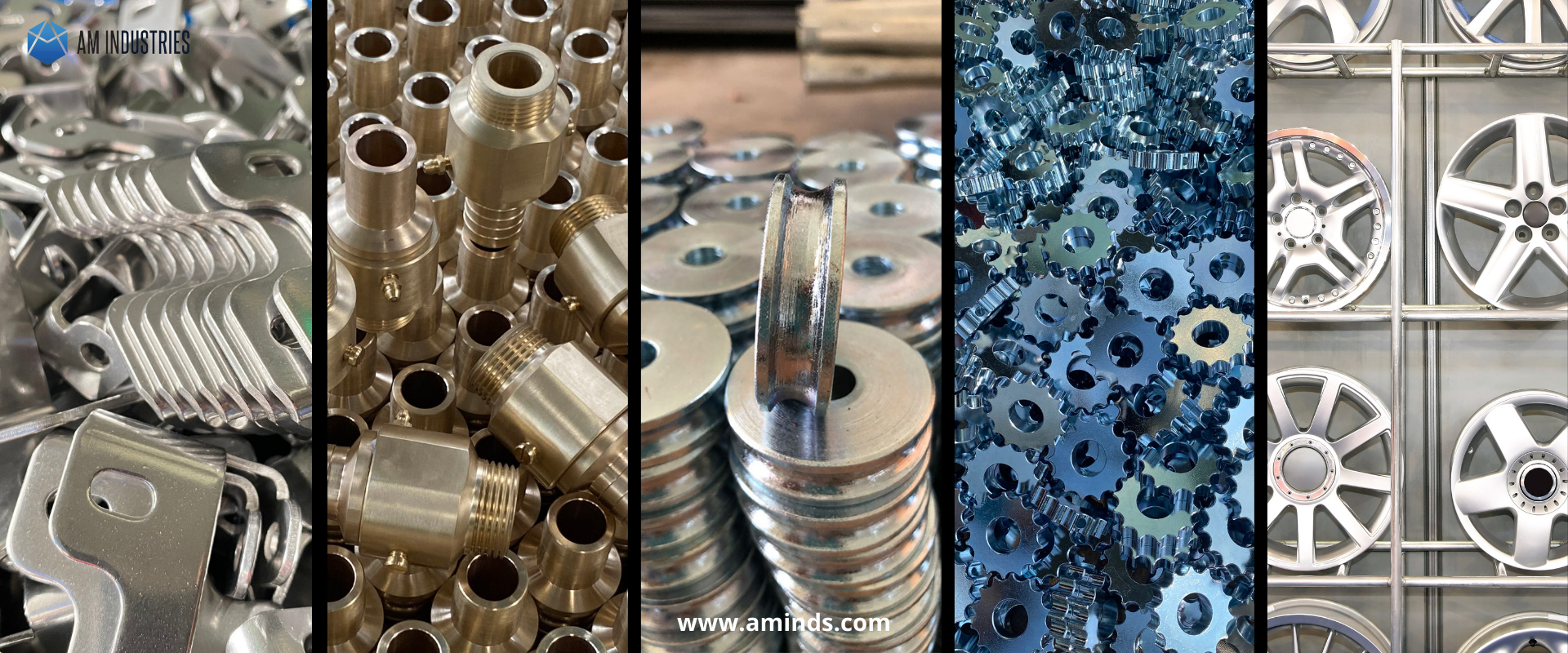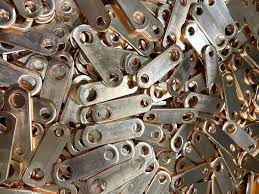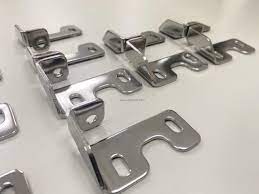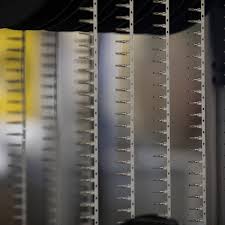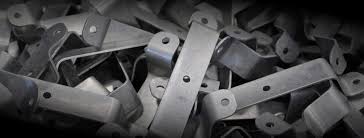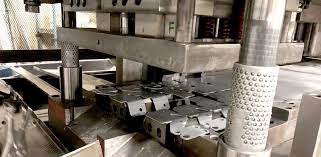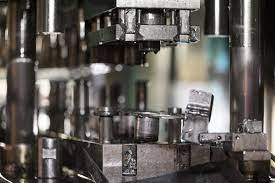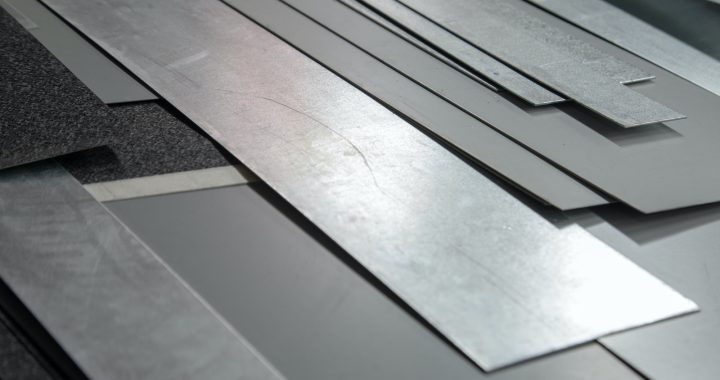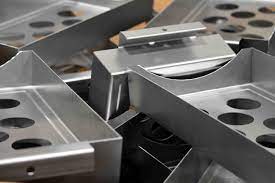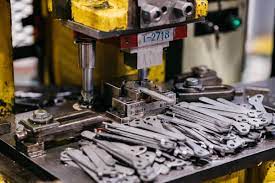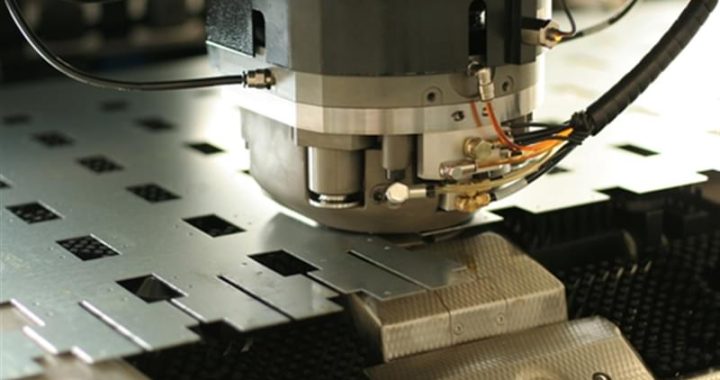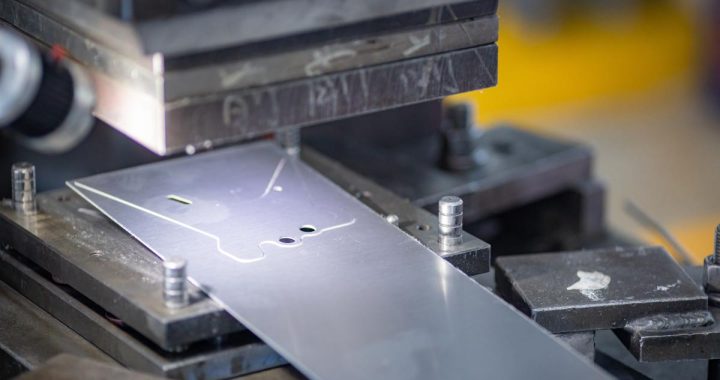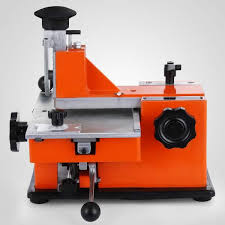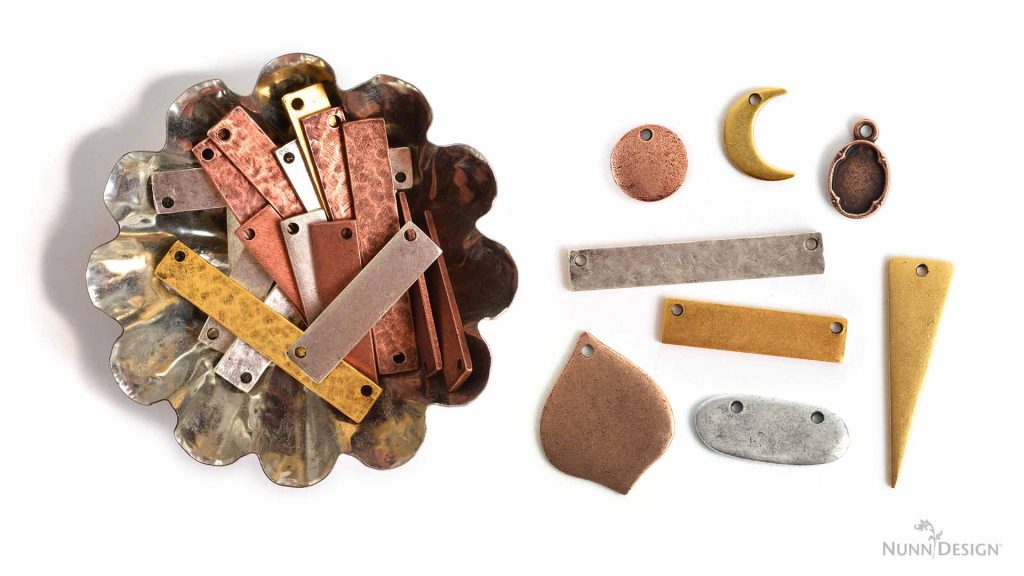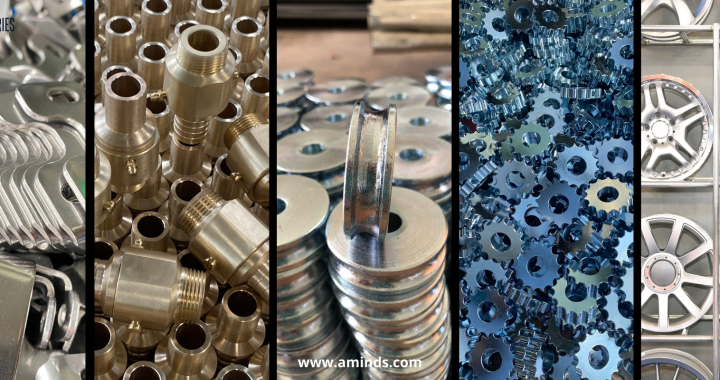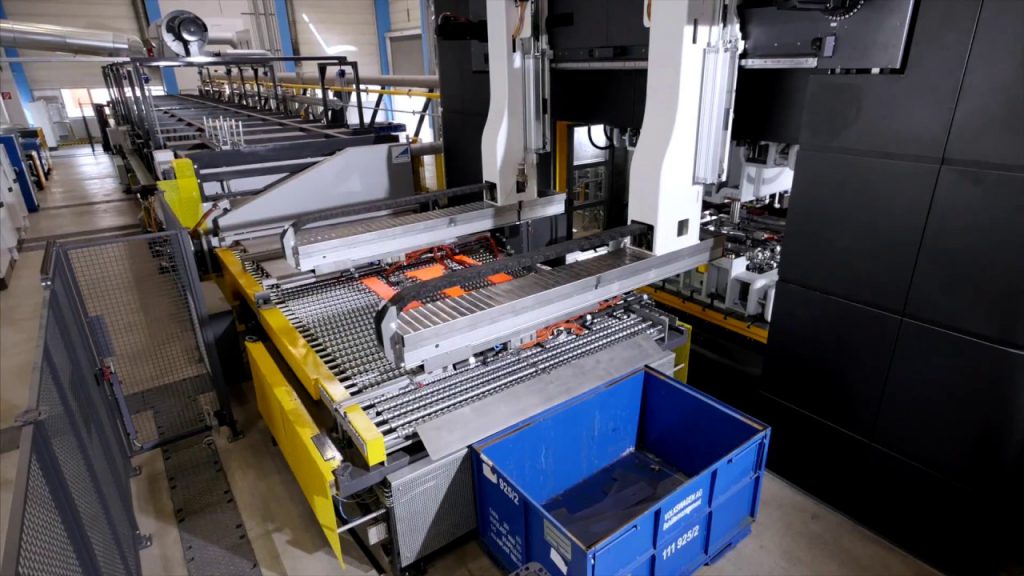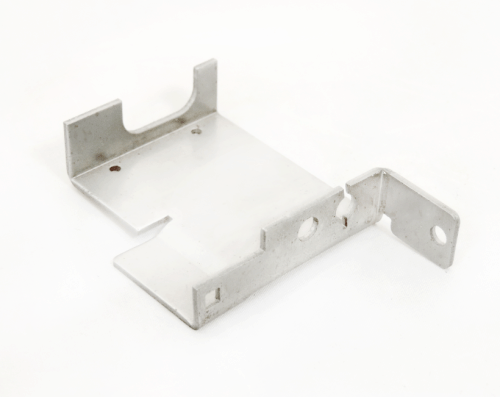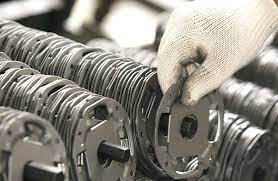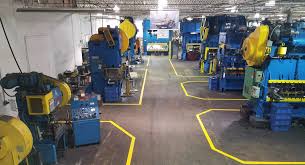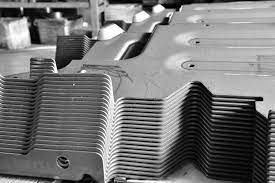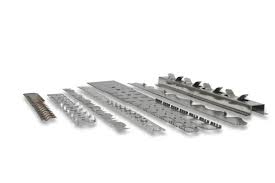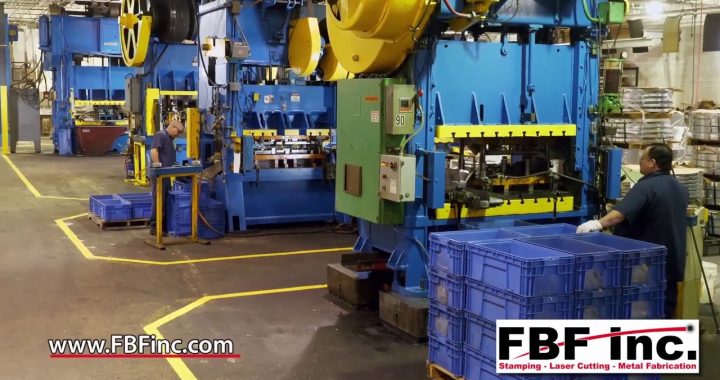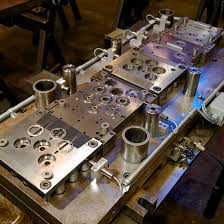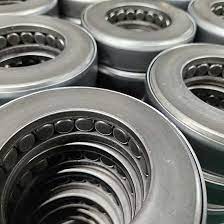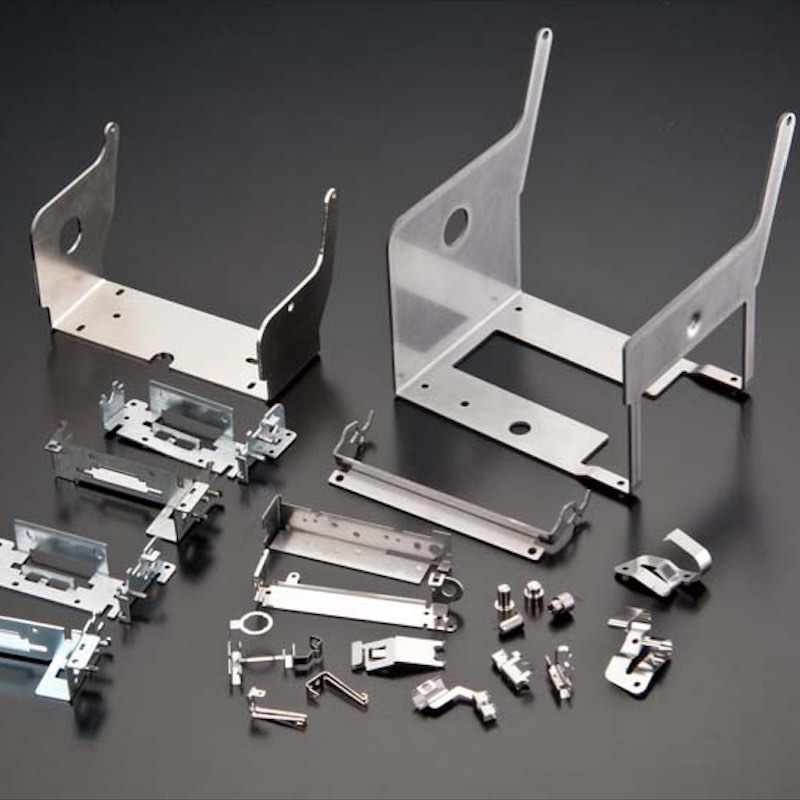Wrenches often remain in the shadows until the moment they’re needed most. These versatile tools, available in various shapes and sizes, serve a multitude of purposes across industries. From fixing everyday household issues to handling intricate machinery in manufacturing, the wrench plays a crucial role in ensuring precision and efficiency.
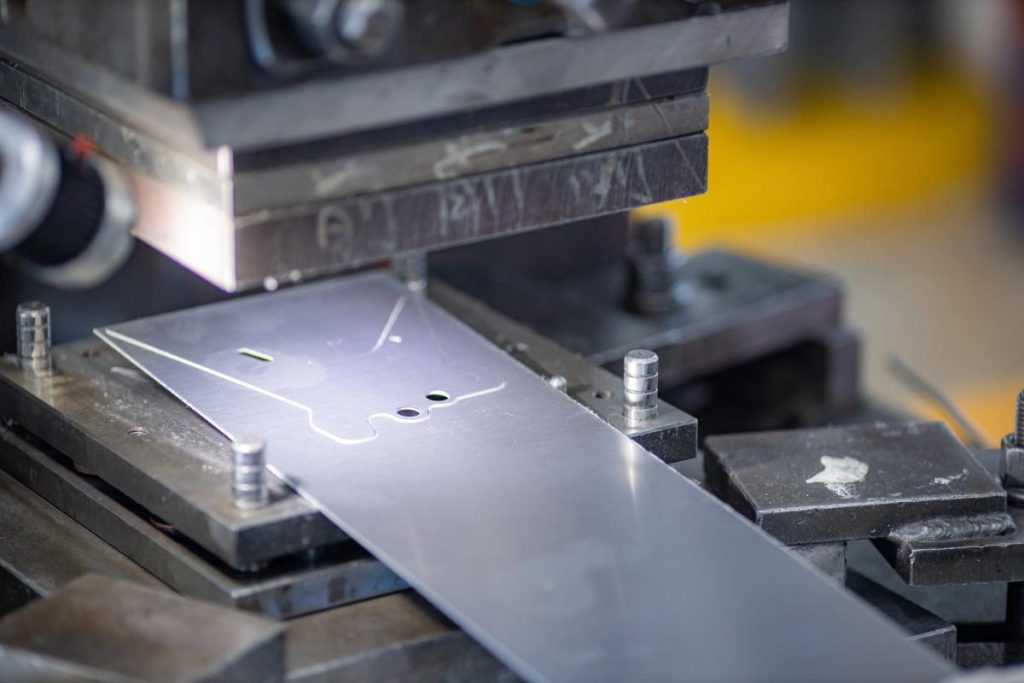
Exploring Wrench Varieties and Their Uses
Wrenches span a diverse spectrum, each designed for specific tasks. Spanner wrenches, with their adjustable or open-ended designs, excel in turning nuts and bolts. Socket wrenches, offering a range of socket sizes, fit various fasteners perfectly. Meanwhile, pipe wrenches tackle rounded surfaces like pipes using serrated jaws. Each type caters to unique applications, from automotive repairs to plumbing and construction.
The Significance of Choosing the Right Wrench
The right wrench can make or break the efficiency and safety of a task. Using an ill-suited wrench risks damaging fasteners or surfaces, resulting in costly repairs or replacements. Opting for the appropriate type and size ensures a secure grip on fasteners, minimizing slip-ups and potential injuries. In specialized industries like geocomposite applications, specific wrenches are vital for securely fastening materials without causing any harm.
Essential Tips for Wrench Use
Safety remains paramount in wrench usage. Ensuring the tool fits correctly, applying force in the right direction, and using the suitable size to prevent bolt damage are critical. Regular maintenance routines, including cleaning and lubrication, extend the lifespan of wrenches and sustain their effectiveness.
Wrenches in Geocomposite Applications
Geocomposites, integral in civil engineering for tasks like soil stabilization and environmental protection, demand precise fastening mechanisms for secure installations. Wrenches play a pivotal role in ensuring firm fastening of these materials and ensuring structural integrity in projects involving retaining walls, drainage systems, or erosion control.
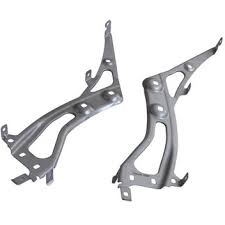


Applications in Geocomposites and Relevance
Wrenches play a significant role in industries working with geocomposite materials. They anchor geotextiles and secure geogrids, guaranteeing proper installation and maintenance of geocomposite structures. The application of torque provided by wrenches is crucial for the stability of these materials, safeguarding infrastructural projects against potential failures.
In summary, wrenches, though seemingly basic, are indispensable tools across various industries. Their precision and safety assurance, particularly in geocomposite applications, are invaluable. Choosing the right wrench and employing it accurately not only boosts efficiency but also ensures the longevity and reliability of diverse projects.

